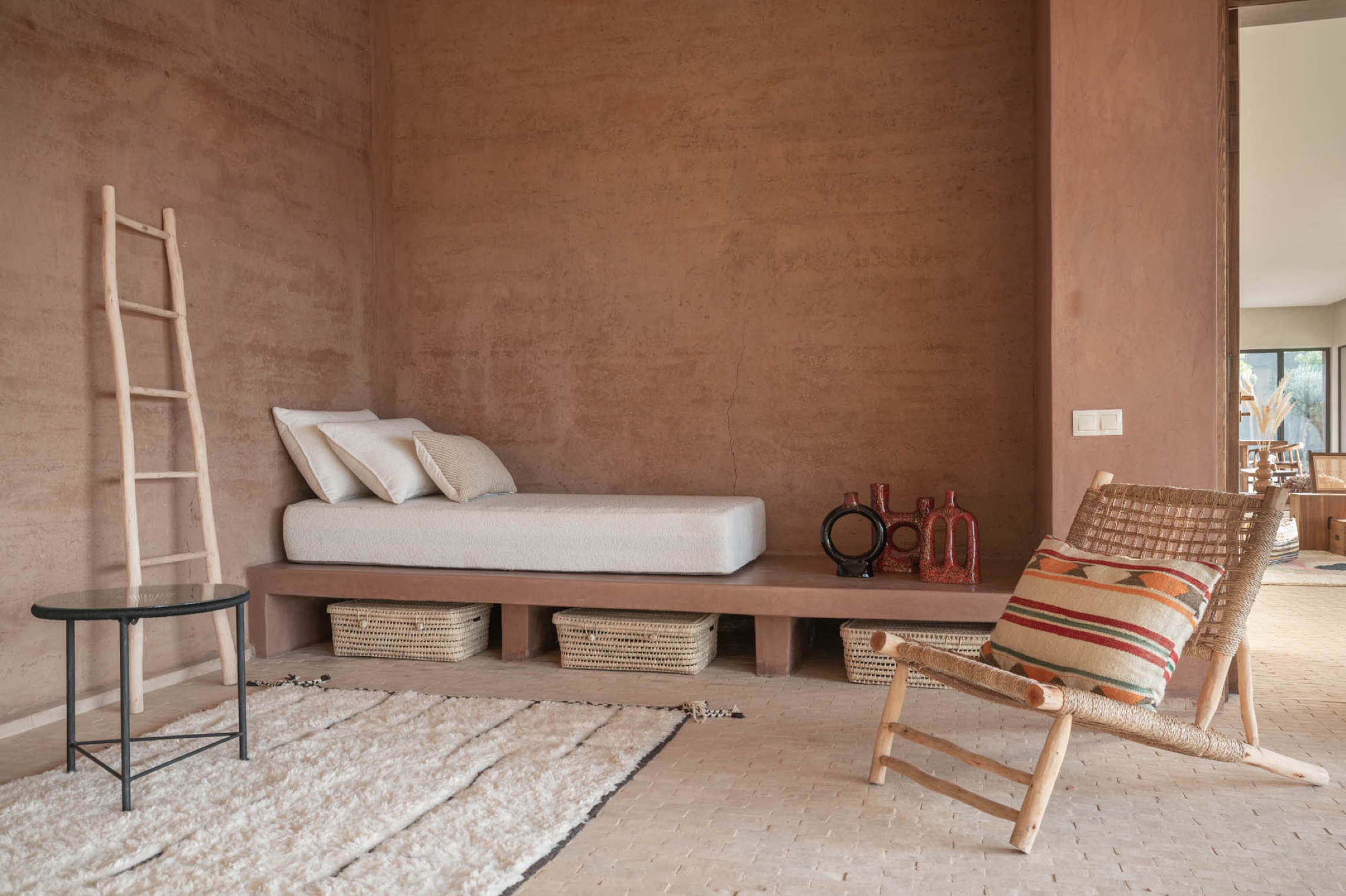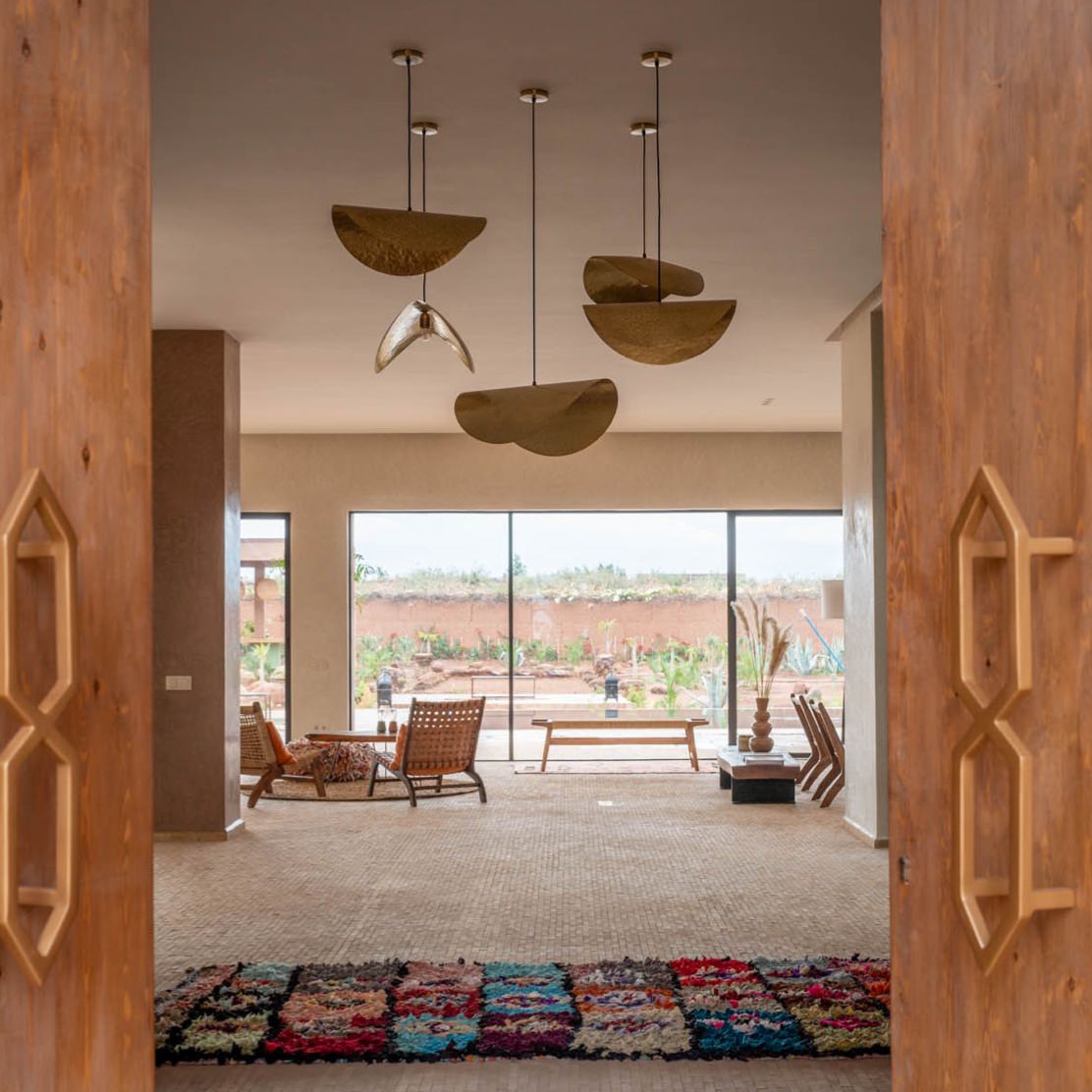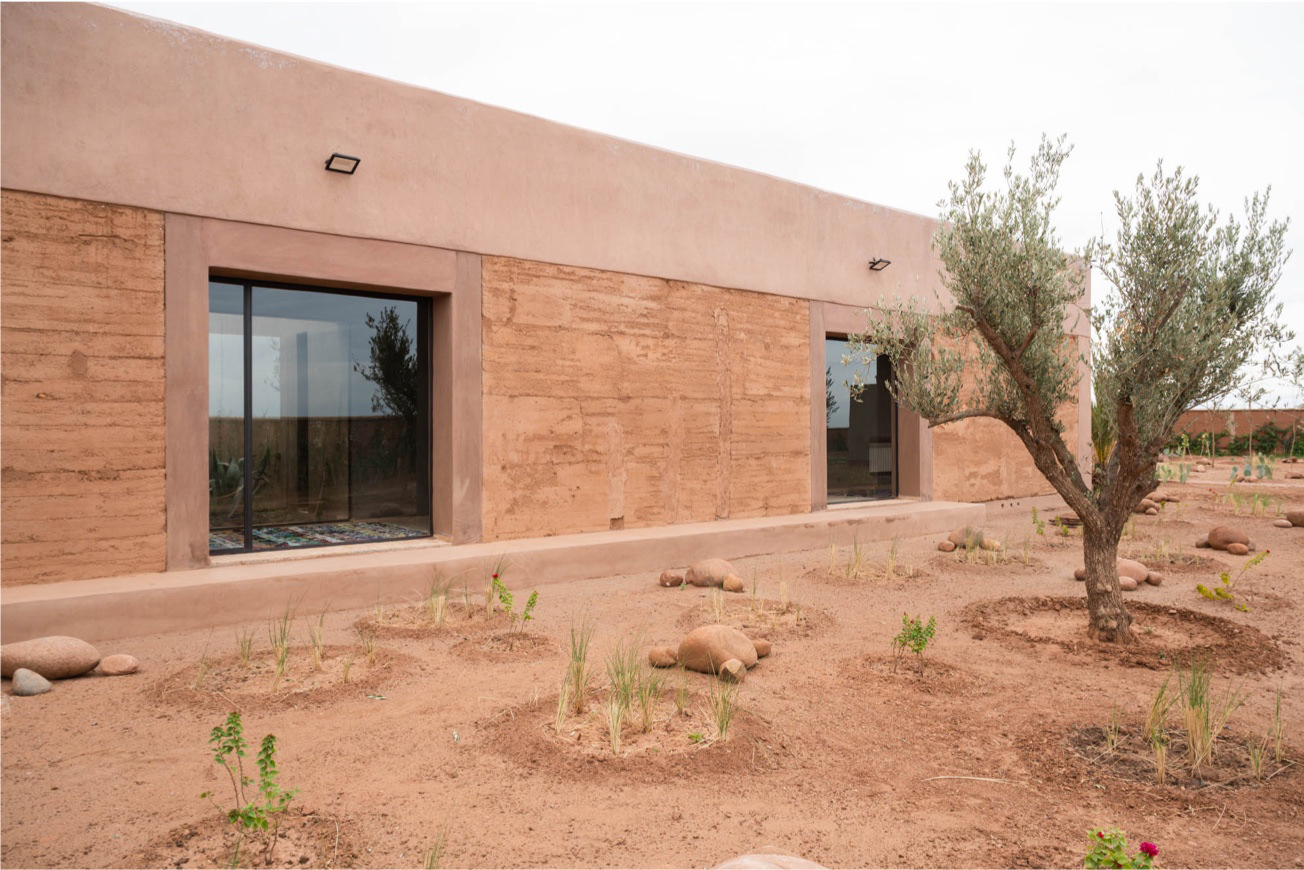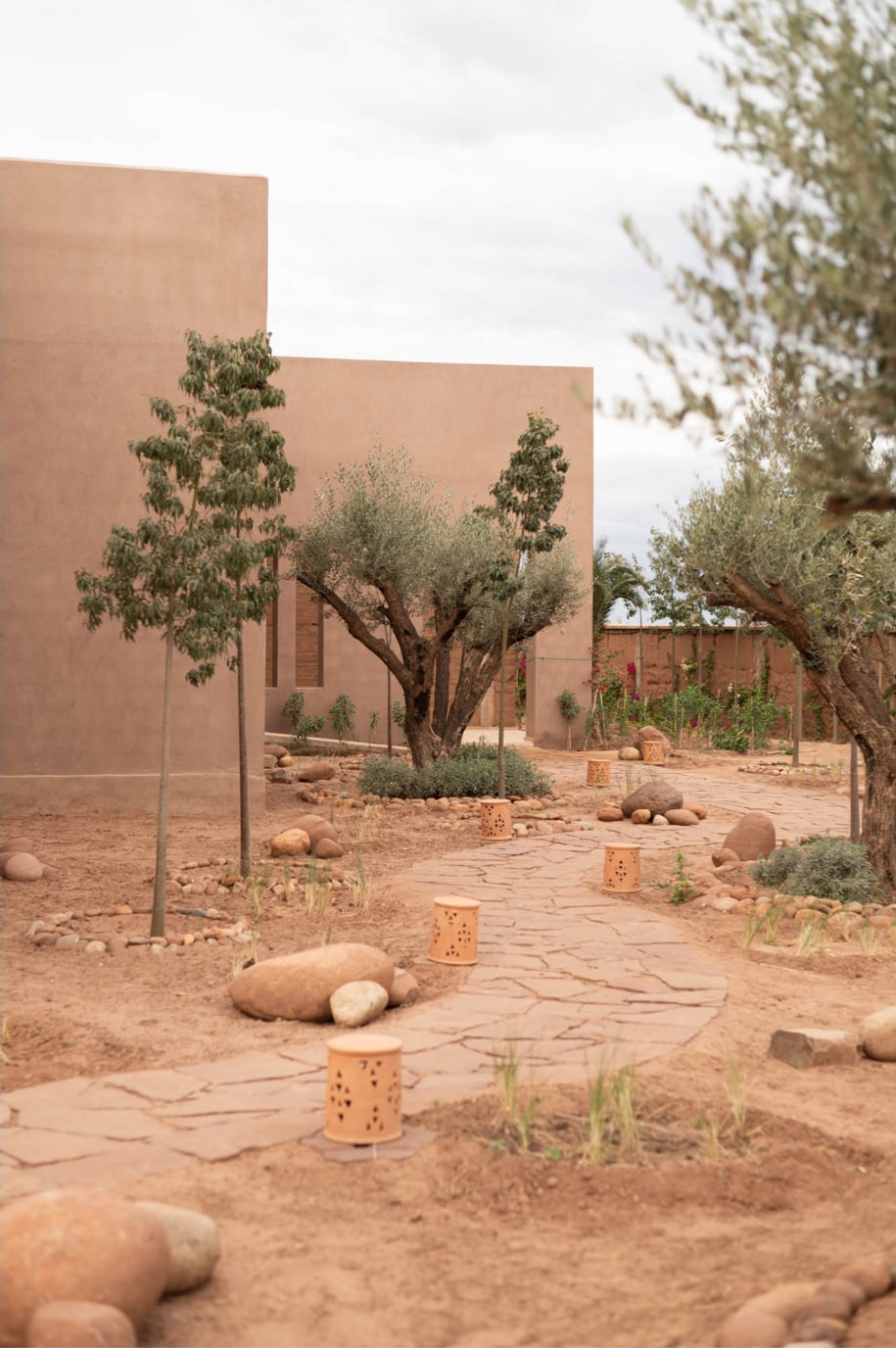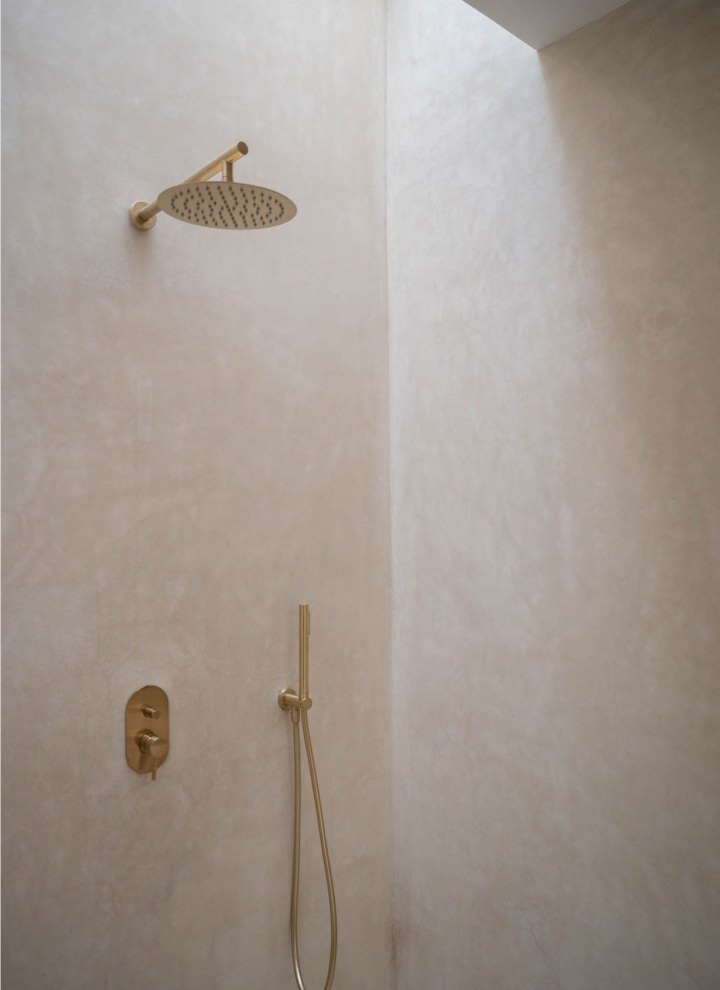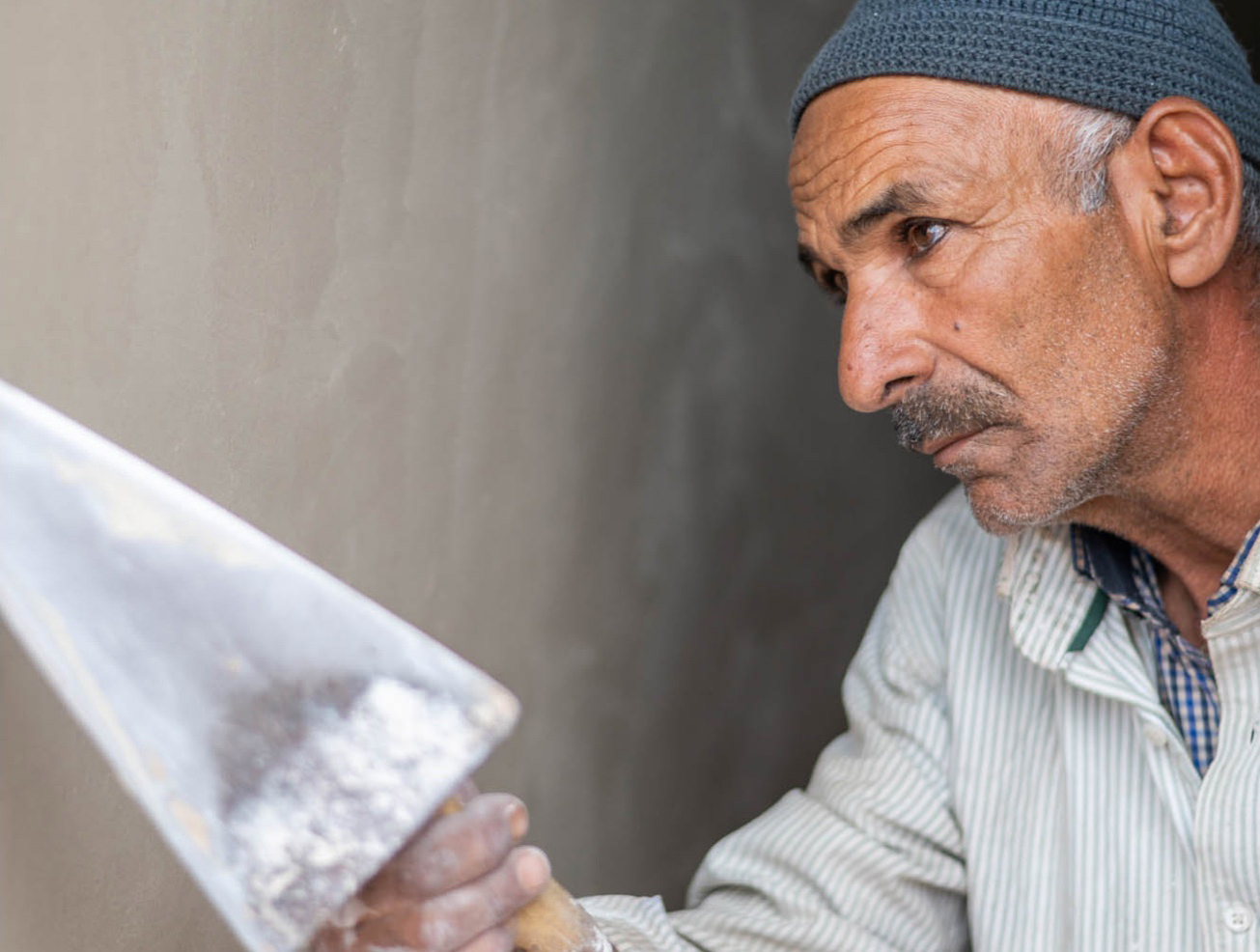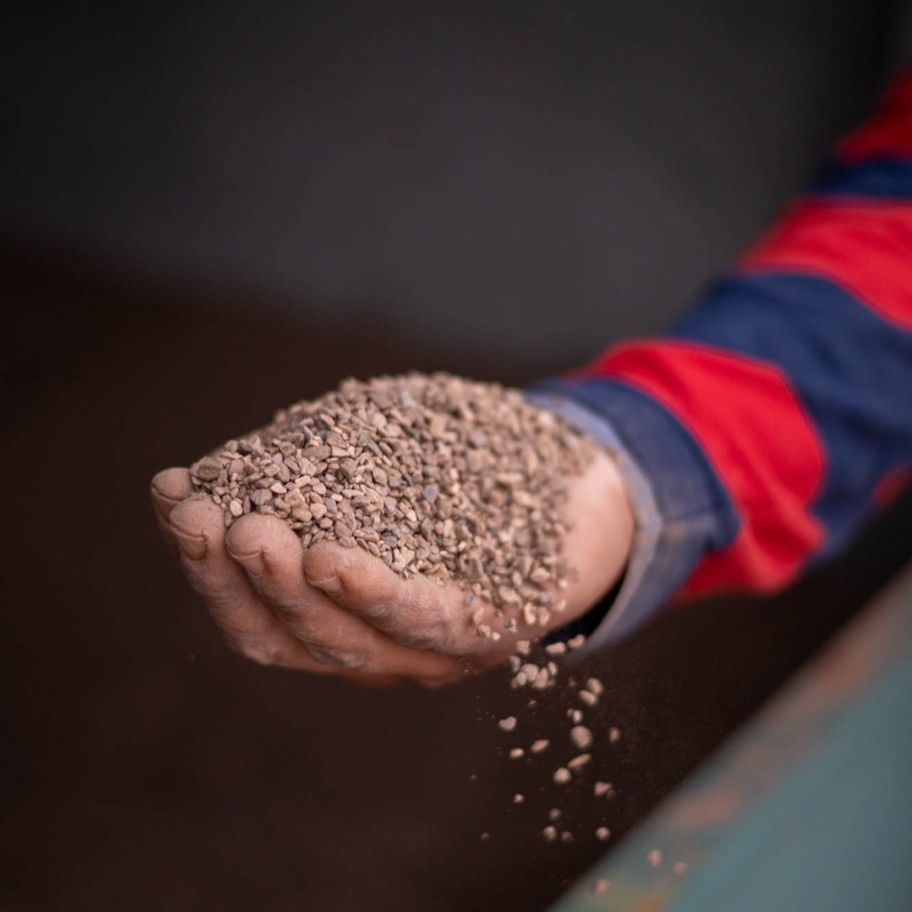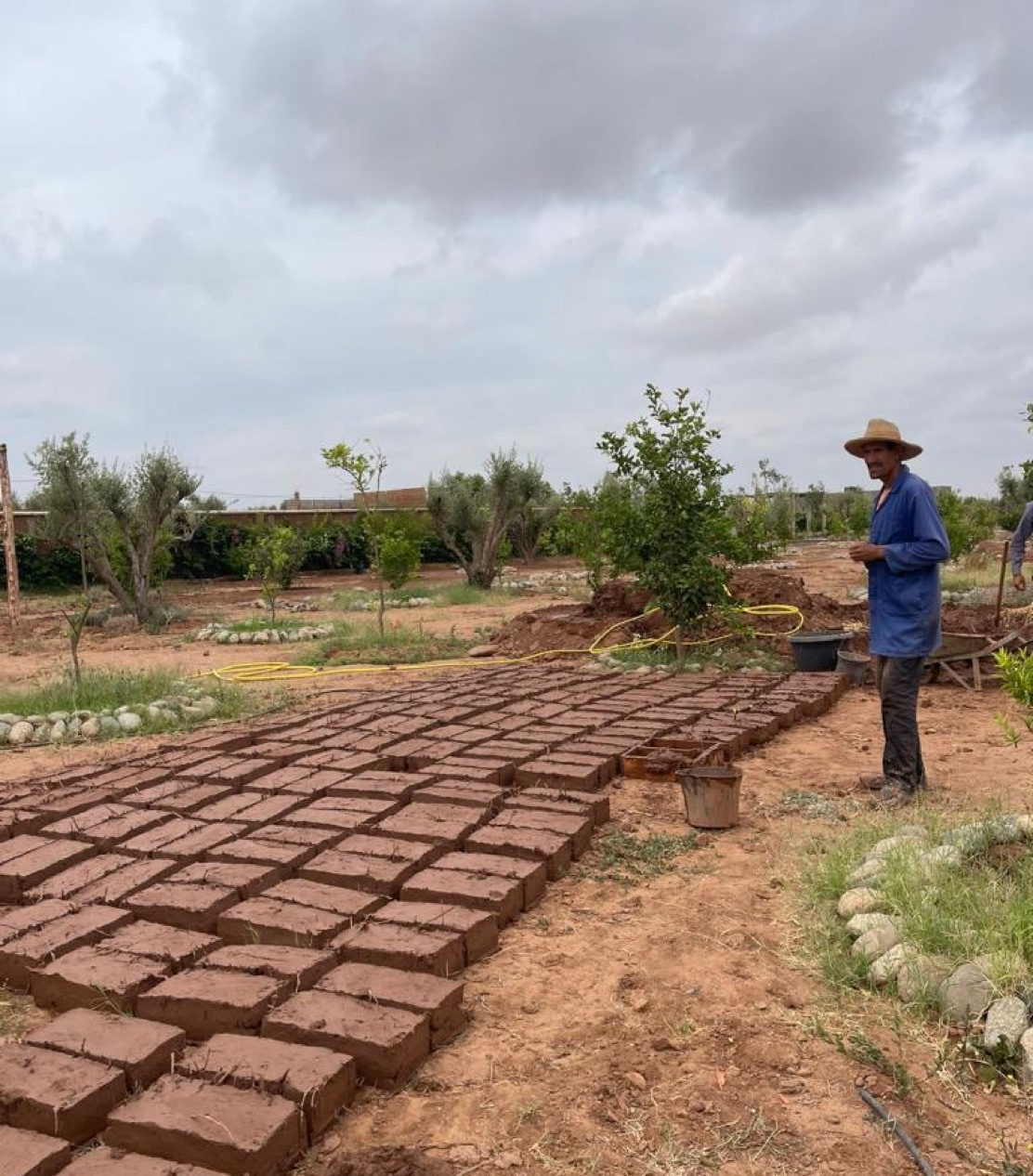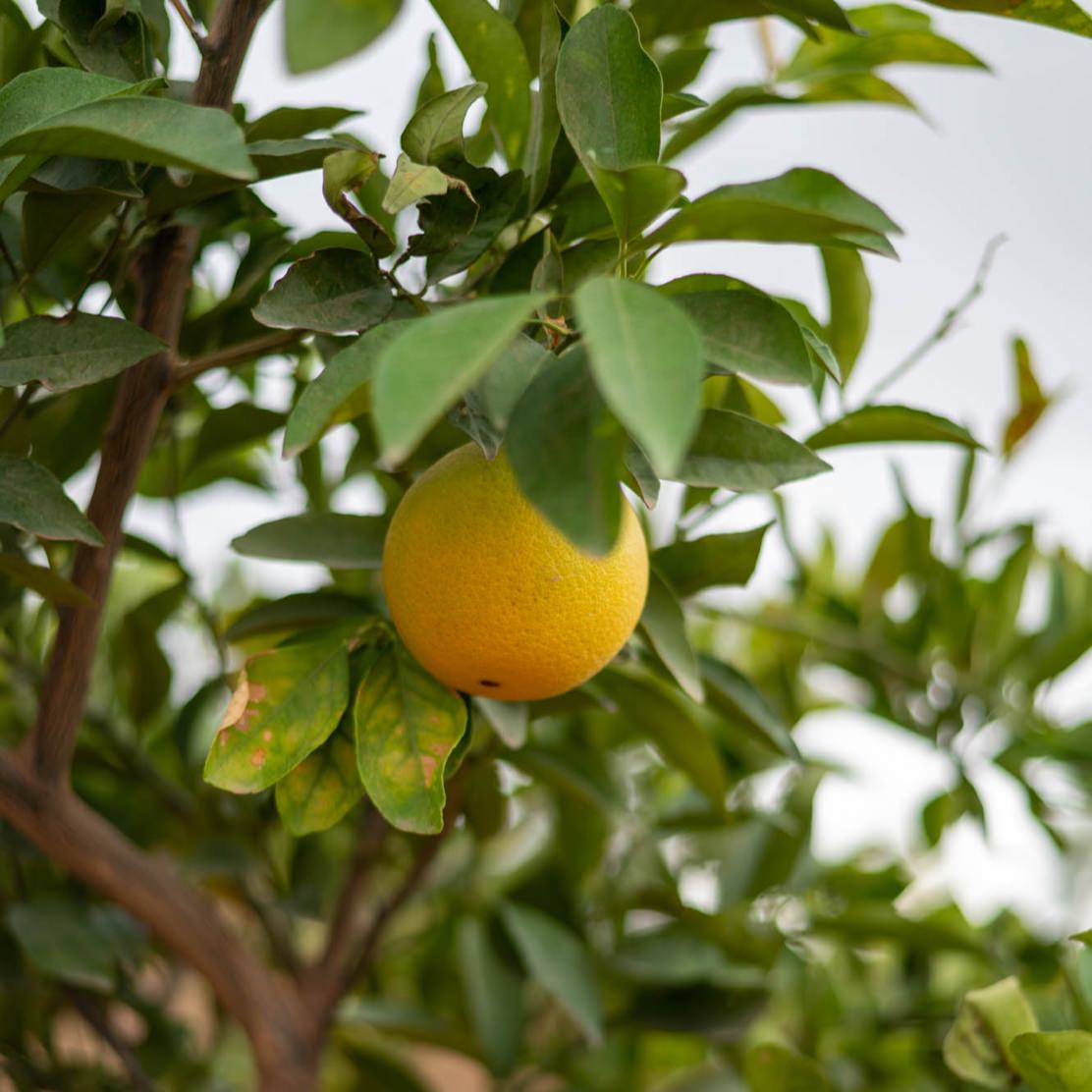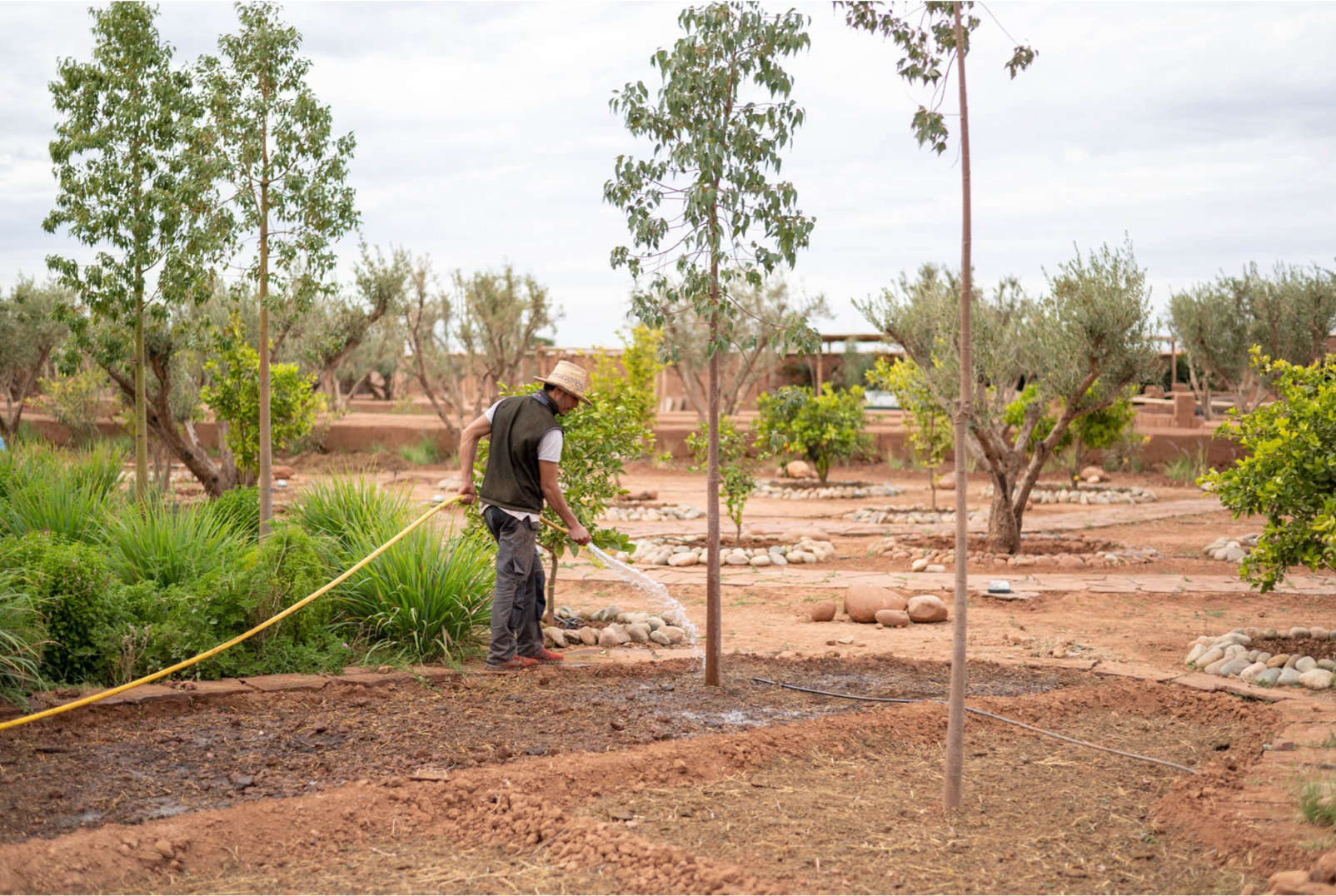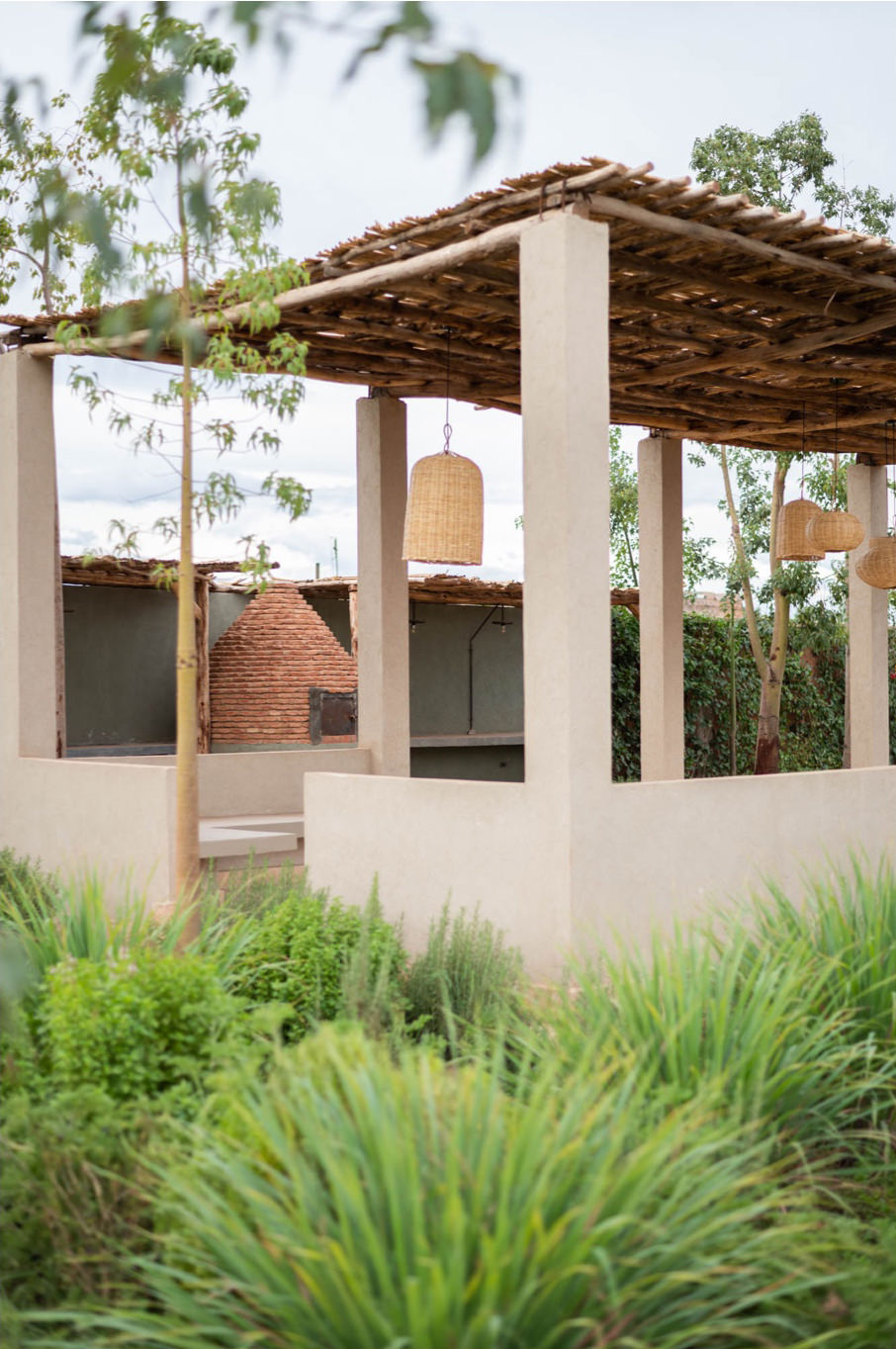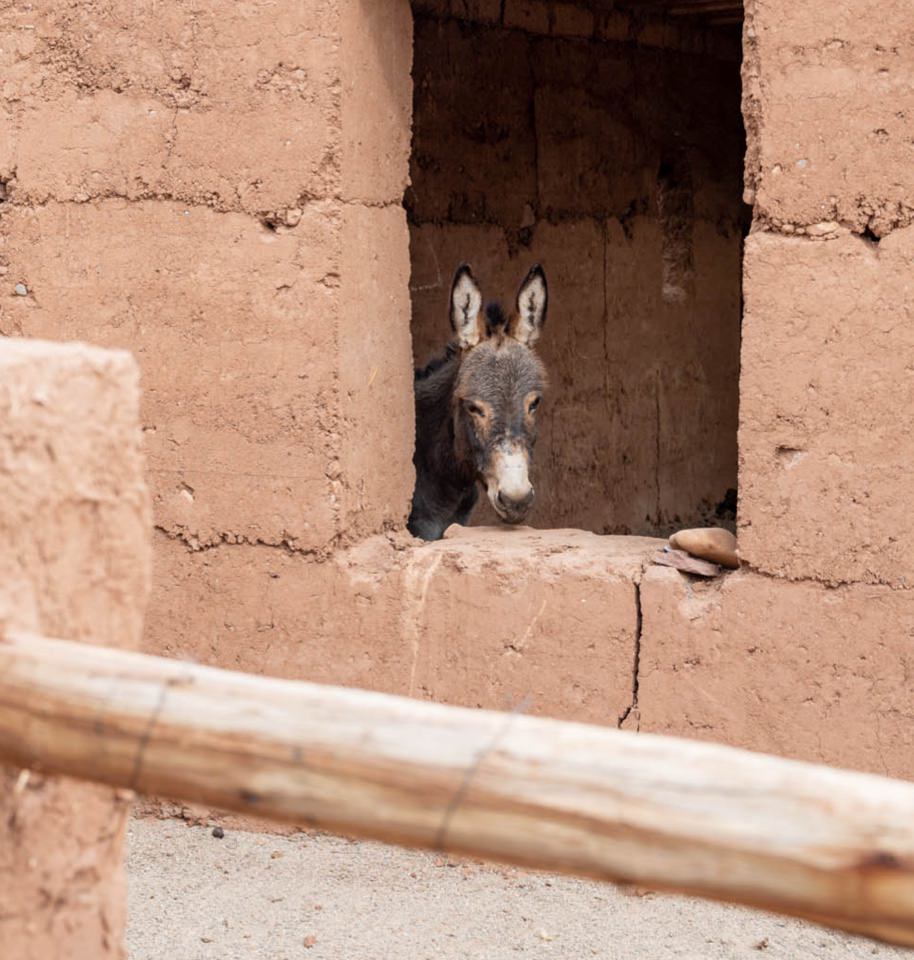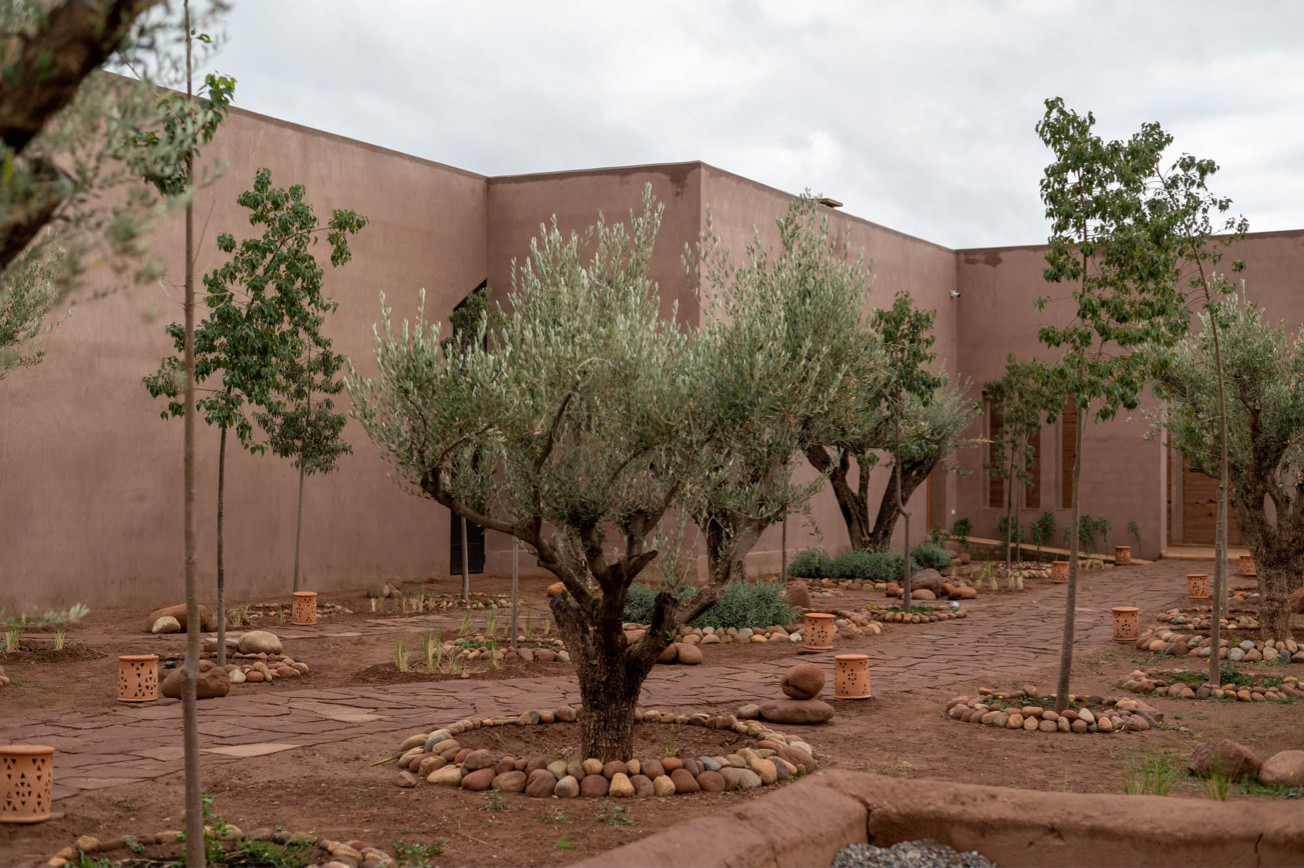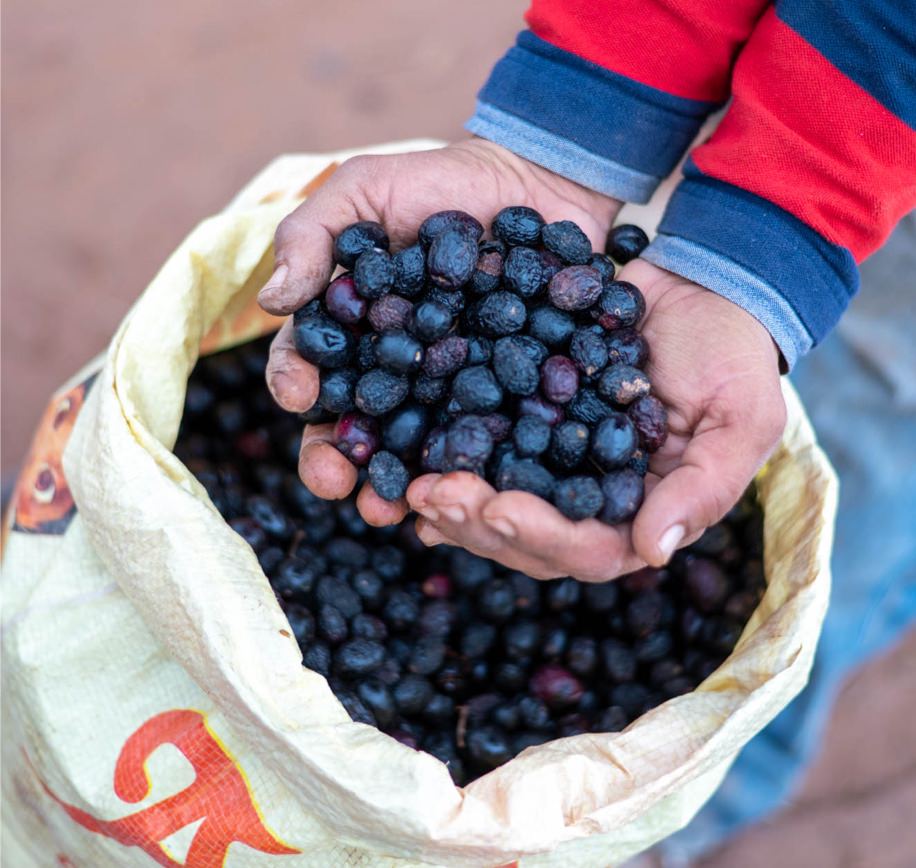Sustainably built
low impact
In addition to creating a welcoming and comfortable space, we also wanted the house to be sustainably built with a vision in mind. We were mindful of the impact that our building decisions would have on the environment. Therefore, we made sure to use materials and techniques that were eco-friendly and sustainable.
Unique modern architecture mixed with traditional elements
Morocco has a rich history of architectural traditions. One traditional building technique that is still used in Morocco today is the use of rammed earth (pisé/adobe). It is exactly this technique we used to build the villa and neighbouring buildings. The use of rammed earth as a building technique is both durable and eco-friendly. The walls also ensure that it is not too hot in the summer. The walls will also withstand the test of time because they are resistant to damage from weather and other external factors. As a plus, the materials used in this construction are abundant and locally sourced, resulting in a low environmental impact.
Made by local craftsmen
Morocco is known for its rich cultural heritage and its skilled craftsmen, who beautiful and intricate works of art using traditional techniques. These craftsmen are often based in local communities and are skilled in a variety of crafts. They use techniques that have been passed down through generations to create unique and high-quality pieces. In Villa Tazegzout we employed several craftsmen during & after our building process: the walls are built with rammed earth and are finished in Tadelakt. All wooden doors, furniture, carpets and accessories have been produced by local craftsmen and women.
Green energy
We opted for sustainability all the way. Green energy from biomass, extracted from olive pits and solar panels are used for the heating of the house and the pool. Heating our home with biomass seemed an obvious choice. Olive pits are collected and processed into wood pellets. This method of heating our villa is next to sustainable super-efficient: olive biomass has a high energy density and a low moisture content, making it a very efficient energy source. Not to mention it helps us to reduce waste and decrease our reliance on fossil fuels.
Eco-consciously built using old & new techniques
Morocco has a rich history of architectural traditions. One traditional building technique that is still used in Morocco today is the use of rammed earth (pisé/adobe), which involves compacting layers of soil and clay to create sturdy walls. It is exactly this technique we used to build the villa and neighbouring buildings. The use of rammed earth as a building technique is both durable and eco friendly. As the walls are made from compacted soil, they are able to withstand the test of time and are resistant to damage from weather and other external factors. As a plus, the materials used in this construction are abundant and locally sourced, resulting in a low environmental impact.
With an ecological dry garden
We believe that the sensible use of water is paramount. That is why the garden in front of the villa is a 'dry garden', meaning that it only consists of local trees, plants and flowers which only require a minimal use of water. On top of that, the garden but also the orchard is irrigated with reused rain water.
Biological garden and orchard for your food
Since we wanted to treat our guests with local grown food, and our piece of land allowed it, we decided to grow a biological garden and orchard. We were inspired by the country's rich agricultural heritage and its abundance of fresh, local produce. We chose to use organic and biodynamic farming techniques, as well as permaculture principles. This allows us to grow a wide range of plants, including vegetables, fruits, and herbs. We are thrilled to see and share our first harvest with you!
100 years old olive trees
In our biological garden, we have carefully planted a number of 100-year-old olive trees. We chose these trees because of their longevity and resilience. We took great care in selecting the right location for the trees, considering factors such as sunlight, soil quality, and drainage. Our first harvest is a fact, and we hope for many more to come.
